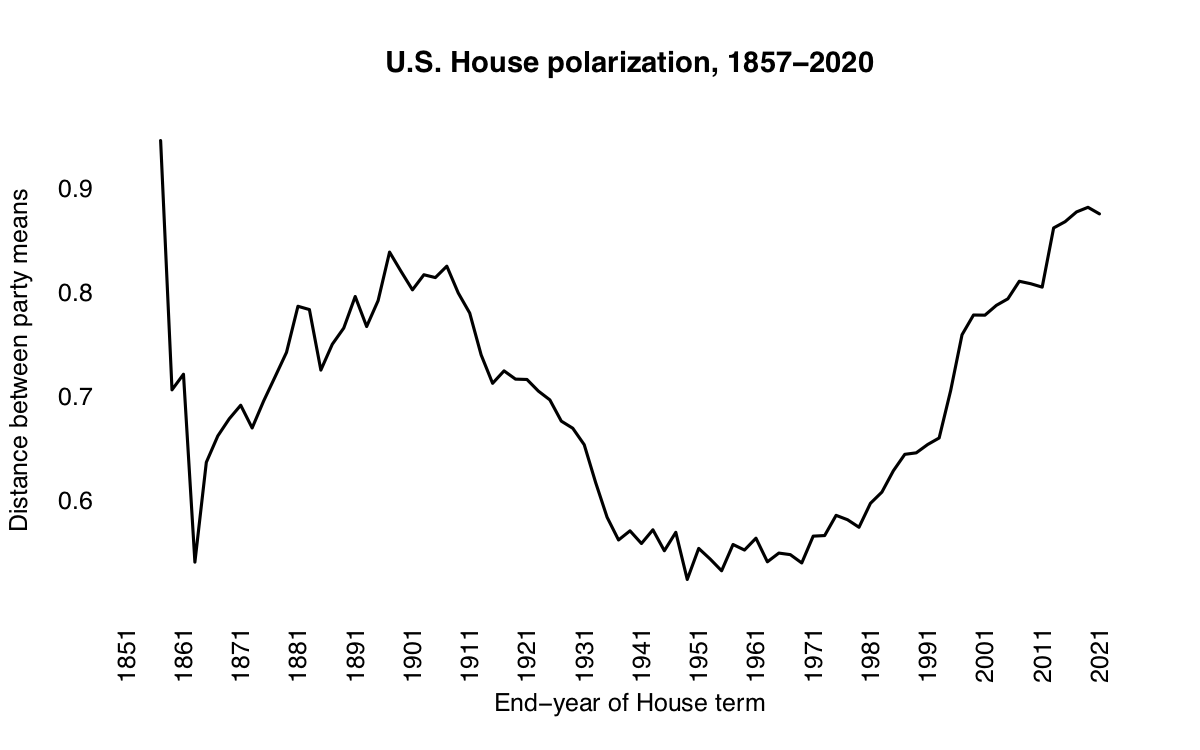The current PR (aka RCV) movement is very much a continuation of one that died in the 1960s. That is, this movement has come out of abeyance.
Since most of the work is concentrated in cities, here are two essential pieces of political science.
In the old days, winning PR (and ranked ballots in general) depended on political compromise — combining the desired reform with rules that other people wanted. And, as I have shown in research, this made it easy for many cities to remove PR from such “packages” on adoption.
1) Bridges, Amy and Richard Kronick. 1999. “Writing the Rules to Win the Game: The Middle-class Regimes of Municipal Reformers.” Urban Affairs Review 34 (5).
2) Trebbi, Francesco, Philippe Aghion, and Alberto Alesina. 2008. “Electoral Rules and Minority Representation in U.S. Cities.” Quarterly Journal of Economics 123 (1): 325-357.
The first piece argues that reformers were successful where (a) middle-class people could be made to fear immigrants and (b) Progressive Era voting restrictions allowed the middle class to constitute a referendum majority. Note that, in this paper, PR charters are not distinguished from non-PR charters.
The second piece argues that, after voting rights were restored, reforms developed during the Progressive Era spread throughout the American South, as a way to dilute the votes of re-enfranchised persons. Needless to say, these later “reforms” did not include PR.
Some are likely shaking their heads at a piece I co-authored last week. This is partly why I wrote it. Our generation can have effects that are unforeseeable, and that we might deeply regret.

